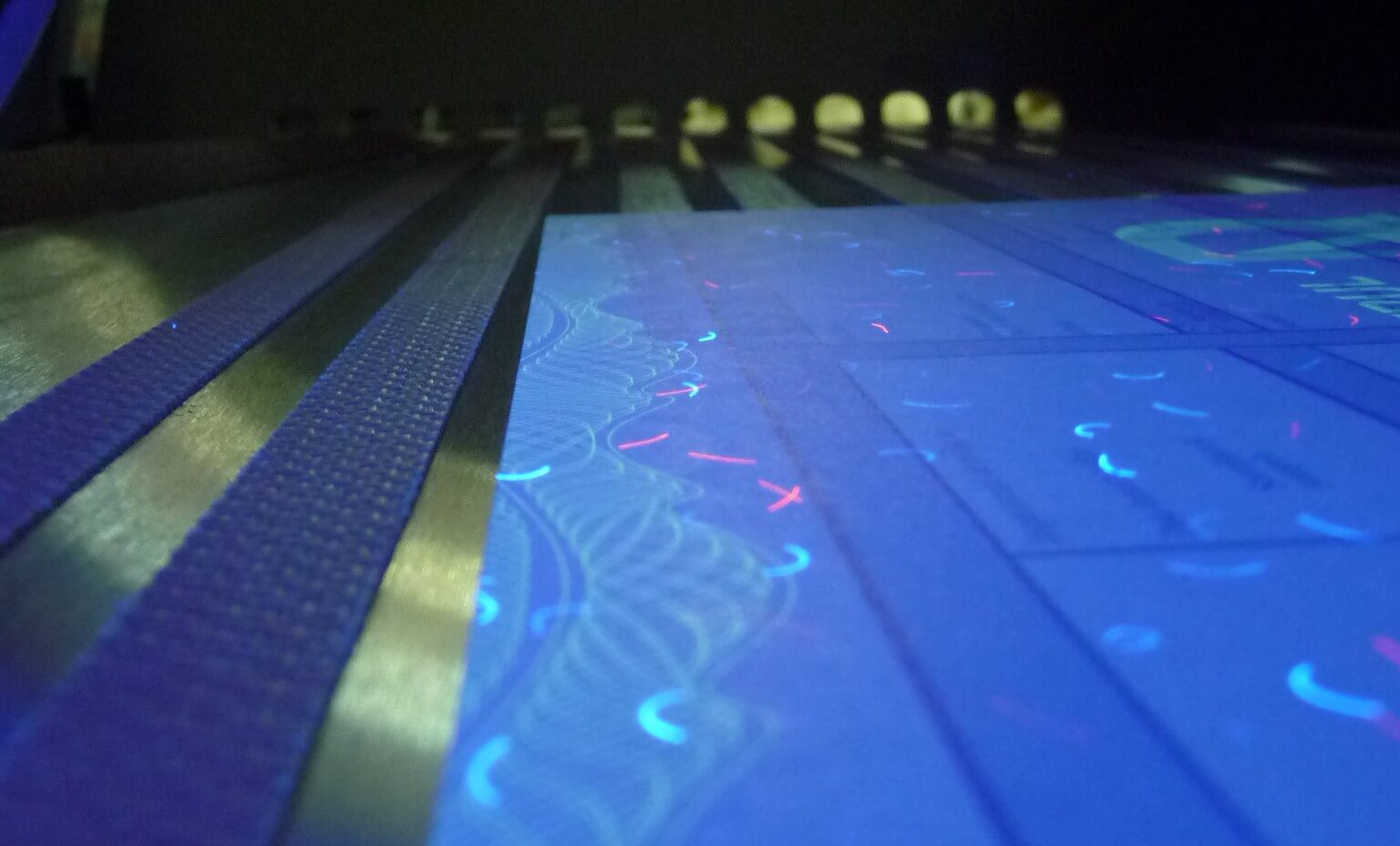Have you ever wondered how offset printing plates are made? Offset printing is a fascinating process that has revolutionized the printing industry. It’s a technique that many businesses rely on for high-quality print materials. In this article, we will explore the intricacies of this process, focusing on the creation of offset printing plates.

The Basics of Offset Printing
Before diving into how offset printing plates are made, let’s first understand what offset printing is. Offset printing is a widely used method where the image is transferred, or ‘offset’, from a plate to a rubber blanket, and then onto the printing surface. This technique is known for its high-quality output and is commonly used for producing large volumes of prints efficiently.
Offset Printing Plates: The Foundation of Quality Prints
The offset printing plate is a crucial component in the offset printing process. These plates are thin sheets, usually made from aluminum, that carry the image to be printed. The quality of these plates directly affects the quality of the final print.
Materials Used in Offset Printing Plates
The most common material for offset printing plates is aluminum. This metal is chosen for its durability, lightweight nature, and ability to hold fine details. Other materials can include polyester and paper, but these are less common in commercial printing.
The Photomechanical Process
The creation of offset printing plates involves a photomechanical process. This process starts with a digital file of the image to be printed. The file is then used to expose the plate to light, which creates a chemical reaction. This reaction hardens the image area, while the non-image area remains soft and is washed away.
Steps in Making Offset Printing Plates
Understanding how offset printing plates are made requires looking at the detailed steps involved:
1. Prepress Preparation
The first step is prepress preparation, where the digital file is checked for accuracy. This includes ensuring that the colors, resolution, and layout are correct. The file is then converted into a format that the plate-making machine can understand.
2. Plate Exposure
During plate exposure, the prepared file is used to expose the plate to ultraviolet light. This exposure hardens the image area on the plate, creating a durable surface for printing.
3. Developing the Plate
After exposure, the plate undergoes a developing process. This step involves washing away the non-image areas, leaving behind the hardened image areas. The result is a clear and precise image that will be used in printing.
Innovations in Plate-Making Technology
Technology has significantly advanced how offset printing plates are made. Modern techniques include computer-to-plate (CtP) technology, which allows for direct transfer from computer to plate, eliminating the need for film intermediates. This innovation improves efficiency and reduces potential errors.
Environmental Considerations
Environmental impact is an essential factor in the production of offset printing plates. The industry is moving towards more eco-friendly practices, such as using less water and chemicals in the plate-making process. Additionally, recycling aluminum plates helps reduce waste.
Applications of Offset Printing
Offset printing is used in various industries, from publishing to packaging. It is especially favored for magazines, stationery, and menus, where high-quality and large-volume prints are required.
Challenges in Offset Printing Plate Production
Despite advancements, challenges remain in how offset printing plates are made. These include maintaining consistency in plate quality, managing production costs, and adapting to new technologies.
Future of Offset Printing Plates
The future of offset printing plates looks promising, with ongoing research into more sustainable materials and processes. As technology evolves, we can expect even more efficient and environmentally friendly plate-making techniques.
Conclusion
Understanding how offset printing plates are made provides insight into the complexities and innovations of the printing industry. As technology continues to improve, so will the quality and efficiency of offset printing. For businesses looking to produce high-quality print materials, offset printing remains a reliable choice.

FAQs
What materials are used for offset printing plates?
Aluminum is the most common material used for offset printing plates due to its durability and ability to hold fine details.
How has technology impacted the production of offset printing plates?
Technology, such as computer-to-plate (CtP) systems, has streamlined the production process, improving efficiency and reducing errors.
What are the environmental considerations in making offset printing plates?
Efforts are focused on reducing water and chemical use, as well as recycling aluminum plates to minimize environmental impact.
This article contains affiliate links. We may earn a commission at no extra cost to you.







